and organ functions, as well as specific times such as pregnancy and lactation.
Therefore, some components of the diet assume great importance, which are metabolized for the production of energy and essential substances for the organism:
- Proteins
They can be divided into simple proteins, if made up of amino acids only, or complex proteins, if associated with other molecules. They are involved in the constitution of organs and systems, they can have a hormonal function, maintaining the acid-base balance or the components of the immune system. Some amino acids are more important because they are defined as essential: these cannot be produced by the body, but must be introduced with the diet. In cats there are 11 essential amino acids including arginine and taurine. For this reason, the amount of protein that the cat needs is higher than other animals, reaching minimum quantities of 25 g / 100g of product for adult cats or 28-30 g / 100g of product for growing and reproducing cats.
- Fat
They are the primary source of energy and, thanks to the large biliary production, carnivores are able to use them to the fullest. For this they can be part of the diet up to 15-30%.
Particular attention falls on the components of the food that provide fats of the omega - 3 and omega - 6 series, including linoleic acid, arachidonic acid, DHA and EPA.
- Carbohydrates
They are the main energy components of vegetables and are important for the proper functioning of the intestinal tract, in the form of fibers, and of the structure of numerous organs in conjugation with proteins and fats. Carbohydrates can be formed by the metabolism of proteins or taken directly from the diet, which becomes fundamental in periods of the animal's life in which the amount of energy required increases, such as during growth, pregnancy or lactation. Starch is the main carbohydrate present. in cereals and potatoes and is used in the extrusion phase of kibble, thus becoming highly digestible for dogs and cats and allowing a better availability of proteins for the organism.
Among the carbohydrates we also find fibers, with important functions for intestinal well-being. The fibers can be soluble and fermentable with an action to reduce intestinal transit and fecal mass, or insoluble. The latter with their action of retaining more the water of the food and decreasing its absorption can be useful in some intestinal diseases. In recent years, pre-biotic fibers have acquired importance, able to support the growth of good bacteria. "compared to pathogenic ones. Among the pre-biotic fibers we find the fructo-oligosaccharides (FOS) and the mannan-oligosaccharides (MOS).
- Vitamins
They are organic molecules necessary for the body in small quantities, but essential for the growth and functionality of the organs. They can be divided into fat-soluble vitamins (A, D, E, K) and water-soluble vitamins (complex of vitamins B and vitamin C) . The first group has the ability to accumulate, so today it is more common to find an excess of these than the others. Sources of vitamins are meat, fish, eggs, milk, citrus fruits and legumes. A vitamin deficiency leads to specific events for each.
- Minerals
They are inorganic elements important for the metabolism of the organism and can be divided into macroelements (calcium, phosphorus, magnesium, sulfur, sodium, potassium and chlorine) present in greater quantities, and microelements (such as zinc, iodine, manganese ..). Some minerals are linked together by balances of absorption, metabolism and activity, as for calcium and phosphorus.
For further information: Cat nutrition: measures for adequate support for age and breed with a correct amount for the life stage of the animal.
It is possible to find the three fundamental elements just described in many commercial products. Dry foods are distinguished from wet foods by the amount of water present; in fact it goes from a moisture content of 6-10% for the croquettes, up to 75% of the cans. This data influences the quantity of product that the cat must take in order to have a total daily ration and the quantity of water taken by watering. The croquettes, having an intrinsic quantity of less water, stimulate the animal's thirst more and allow it to assume a feeding behavior typical of the species. The cat usually prefers to eat a little more times a day reaching even 10/15 meals a day. For this reason, dry food is more suitable for maintaining quality and composition than wet food, especially in summer. However, wet food is not excluded from feline feeding: this can be taken several times a week in addition to the base. of croquettes.
If you prefer to cook for your cat, you must not neglect the three fundamental factors of building a balanced, palatable and digestible diet. The advice is therefore to have the right composition indicated by your veterinarian to get to one home diet consonant with health and the prevention of future diseases.
Finally in pet food stores they can be found specific veterinary diets which can be prescribed directly by the doctor treating your cat for the treatment of diseases that afflict him. In this case it is necessary to follow the diet prescribed by composition and quantity to be able to have an expected medical result.
to pay attention to are:
- Typology: this is a "mandatory information" and allows you to understand if the food is complete or complementary. The difference in classification is given by the quantity of elements present in the food and by the conditions of use. A complete food in fact contains all the nutrients necessary for the animal's diet, theoretically without the need for additions. A complementary food is instead lacking in some parts and is generally given by a smaller quantity of ingredients. Usually wet foods are part of the second category due to the processing that raw materials must undergo for production.A diet based on complementary foods is therefore poor and can lead to nutritional deficiencies.
- Composition: indicates the ingredients of the food, which can be listed in two ways. The description of the individual raw materials present (eg chicken, rice, carrots ...) is called an open formula as opposed to the closed formula for the description of the categories of raw materials ( eg meat, vegetables ..). The order of the ingredients must follow the decreasing weight, even when the ingredients are incorporated into categories, as in the closed formula. In this way when the raw materials are separated they could climb into the lower places on the list. This means that you have to pay attention to the type of formula used to understand which ingredient is most present.
- Analytical tenors: are the list of the percentages of proteins, fats, fibers and ashes present. The humidity can also be indicated, therefore the percentage of water present, but it is mandatory information only if it is higher than 14%. The comparison between two foods can take place if you look at the amount of analytes on the dry matter. In this way you are not misled by the amount of water or the caloric density of the food. Remember that the evaluation of a better food than another must take into account the derivation of the analytes. A food with high amounts of protein is not always the best choice. better: animal proteins in fact are qualitatively better than vegetable ones. Even a high quantity of fiber generally makes the food less digestible, but if we check the label we see prebiotic fibers (such as beet pulp, chicory ..) these can be useful for gastrointestinal wellbeing. Finally, the ashes are brought to the food through poor quality raw materials; its proportion with respect to the protein content must not be high for a good quality food.
- Rationing tables: they are not included in the mandatory information, but they are very useful for the owner to know the right amount of food to give to his pet. Generally the data that are present concern the age of the animal and the weight reached. It is important to remember that the quantity of food indicated always refers to the daily quantity, which must therefore be divided over 24 hours into scheduled meals. In the case of cats, the knowledge of one's pet plays an important role. Ethologically, felines take small quantities of food in many meals during the day, but if you know that you have a very greedy cat, the rationing must be planned so as not to risk overfeeding it.
A careful reading of the label therefore leads to a greater awareness of the purchase that you are going to make, but we must remember that this information must be crossed with the reaction of the cat when we offer it to him.

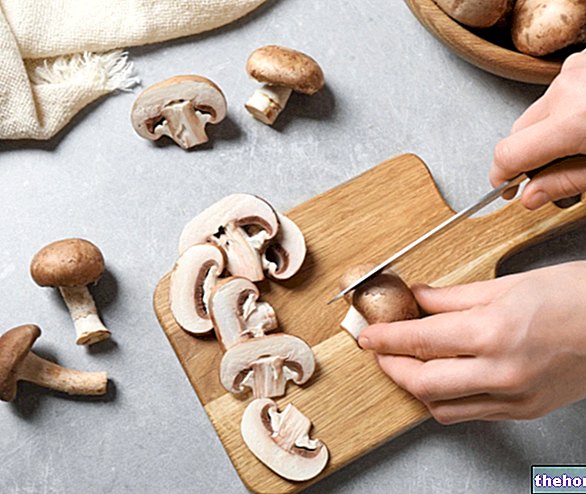
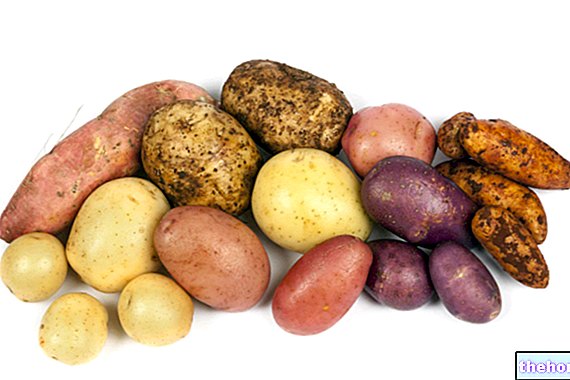
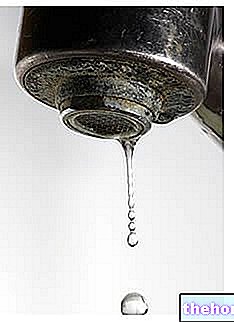
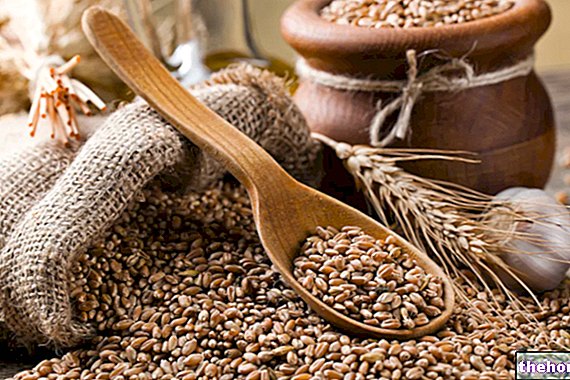
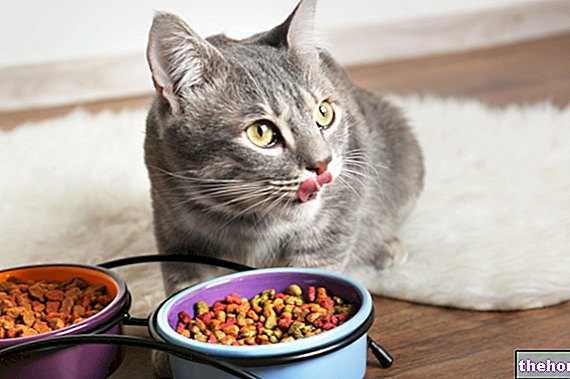
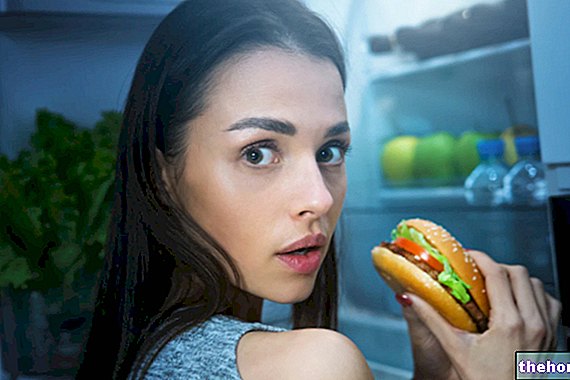


.jpg)


















